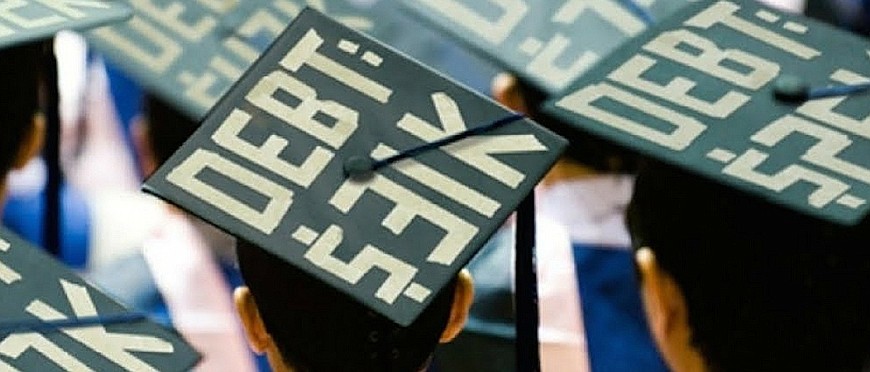- April 15, 2024
-
-
Loading

Loading

A commission assembled by the American Bankruptcy Institute (ABI) says change is needed in the undue hardship standards that apply to student loans in bankruptcy discharges.
Student loan debt “is one of the most significant economic problems facing the United States,” the Commission on Consumer Bankruptcy says in releasing its findings.
Student loan debt totaled almost $1.5 trillion by the end of 2017, a huge increase over the less than $500 billion owed a decade earlier. More than 44 million Americans owe student loan debt. The average amount owed by recent college graduates is $39,400, up six percent from 2016.
According to the commission, student loan debt directly affects those who owe the money, but has other negative impacts as well:
Student loan debt has the highest delinquency rate in America. About 11% of student loan borrowers are 90 days or more delinquent; compare that to 7.6 % for credit card debt, 4.1 % for auto loans, and 1.3 % for home mortgages.
Yet, in spite of those numbers and the obvious constraints that student debt places on the U.S. economy, student loans cannot be discharged in bankruptcies unless the borrower can prove undue hardship. And that undue hardship clause provides a three-point requirement, known as the Brunner Test, which few debtors can meet:
What that means is that student loan debt is now an economic shackle that, in the overwhelming majority of cases, cannot be freed by the bankruptcy discharge. And some economists now question whether this should continue to be the case.
Federal Reserve Chairman Jerome Powell recently acknowledged that growing levels of student loan debt, and the inability to discharge that debt via bankruptcy, threaten the nation’s economic growth.
“I’d be at a loss to explain why that should be the case,” he says.
In February, the U.S. Department of Education asked for public comment on factors that should be considered when evaluating the undue hardship claims of student loan borrowers in bankruptcy cases. Those comments were due by May 22, and it was those comments that the Commission on Consumer Bankruptcy relied upon in developing its findings.
The Commission’s findings are reasonable, and should relieve some of the personal and economic pressures that have been created by the unreasonable hardship standards contained in the existing law. While the Brunner test may be maintained, Congress should amend the Bankruptcy Code, and the Department of Education should promulgate regulations, to require an interpretation of the undue hardship standard that is more in line with the text of the law:
Undue hardship should not require a showing that repayment of the loan will force one to live at a poverty level. Undue hardship should be found if repaying the loan will prevent the debtor from paying reasonable living expenses.
Bankruptcy courts should not be required to determine that repayment of any amount will impose an undue hardship on the debtor. That is simply not what the statute requires. Rather, bankruptcy courts should consider the effect repayment would have on the debtor and the debtor’s dependents.
The debtor should not be required to prove that future repayment of the loan is certain to be hopeless. Few people can prove what the future will bring. A debtor seeking to discharge a student loan should only be held to the typical evidentiary standard – preponderance of the evidence – to prove that current circumstances are likely to persist throughout the term of the loan.
Luis E. Rivera II is a shareholder in GrayRobinson’s Fort Myers office. He focuses his practice on business litigation, bankruptcy, creditor’s rights and insolvency counseling. He is one of 12 attorneys in Florida who is board certified in business bankruptcy law and consumer bankruptcy by the American Board of Certification.